Introduction
In the realm of product development, the terms ‘prototype’ and ‘Minimum Viable Product (MVP)’ are often used interchangeably, leading to confusion among entrepreneurs and stakeholders. However, these two concepts serve distinct purposes and play different roles in the product development lifecycle. In this article, we’ll delve into the clear distinctions between prototypes and MVPs, highlighting their unique characteristics, purposes, and when each should be utilized. By gaining clarity on these fundamental concepts, businesses can make informed decisions and effectively navigate the journey from idea conception to market launch .When seeking guidance in implementing either prototypes or MVPs, partnering with an experienced MVP Development Company like ours can provide invaluable insights and support throughout the development process.
Is MVP a type of prototype?
Before we delve into the intricacies of prototypes and MVPs, we must dispel a common misconception: the notion that MVPs are simply a subtype of prototypes. While the two concepts share overlapping characteristics and objectives, they serve distinct purposes in the product development cycle.
What is a Prototype?
A prototype serves as a preliminary model or representation of a product, designed to explore and validate concepts, features, and user interactions. It is a tangible manifestation of abstract ideas, enabling stakeholders to visualize and experience the proposed product in a tangible form. Prototypes come in various shapes and forms, ranging from rudimentary sketches and wireframes to sophisticated interactive simulations.
Key Characteristics of a Prototype
- Low-Fidelity vs. High-Fidelity Prototypes: Prototypes vary in complexity, from rough sketches for brainstorming to polished, interactive models for detailed testing. Low-fidelity prototypes are like rough drafts, ideal for early feedback, while high-fidelity prototypes resemble the final product, perfect for refining details. No matter the stage of development, there’s a prototype to suit every need.
- Focus on Usability and User Experience (UX): Prototypes focus on usability and user experience by simulating interactions and workflows. They help designers and developers evaluate interface, navigation, and overall user experience, fostering iterative refinement to meet audience needs.
- Rapid Development and Iteration: Prototypes are known for their agility and flexibility in development. They enable rapid iteration, allowing teams to experiment, gather feedback, and refine concepts quickly. This iterative process reduces the risk of investing in the wrong direction, enabling early course correction.
Benefits of Using Prototypes
Prototypes are super helpful in lots of areas, like making products or software. Here’s why they’re great:
- Validate Core Concept and User Flow: Prototypes are crucial for testing product concepts and user flows before full-scale development. Stakeholders can interact with them to assess features and identify potential improvements.
- Gather Early User Feedback on Design and Usability: Prototypes gather early user feedback, shaping product development. They help identify issues and preferences upfront, fostering continuous improvement before major investment. This iterative feedback loop fosters continuous improvement and refinement, ensuring the final product resonates with its target audience.
- Improve Communication Within Development Teams: Prototypes are key for communication among teams. Prototypes help ensure team members are working from the same page, while also aiding the design team in communicating decisions or progress to key stakeholders. This collaborative approach fosters synergy and cohesion within the team, driving towards a shared goal of delivering a successful product.
What is a Minimum Viable Product (MVP)?
A Minimum Viable Product (MVP) is the most basic version of a product that includes only its core features. Its primary purpose is to quickly validate assumptions about the market and users with the least amount of effort and resources. An MVP allows a product team to gather feedback from early adopters, test hypotheses, and iterate based on real-world usage data. This iterative approach enables the team to refine and enhance the product over time, ensuring that subsequent versions better meet user needs and preferences.
Key Characteristics of an MVP
1. Functional Product with Core Features: Unlike prototypes, which may encompass a broad spectrum of concepts and ideas, MVPs are tangible products with functional features that address the core needs of the target audience. By focusing on essential functionalities, MVPs provide a minimum yet viable solution to a specific problem or pain point, laying the foundation for future iterations and enhancements.
2. Designed to Test Core Hypotheses and Gather User Feedback: MVPs act as test beds for market hypotheses, user behavior, and product viability. They provide real-world feedback from early adopters, guiding future iterations and feature improvements.
3. Can be Launched to a Limited Audience for Real-World Testing: Prototypes are for testing ideas, while MVPs are real products tested in the market. MVPs help teams validate their ideas by gathering real user feedback and behavior, enabling iterative improvements based on market demand.
Benefits of Using MVPs
Using Minimum Viable Products (MVPs) offers numerous benefits for startups, businesses, and product development teams:
1. Gain Market Validation and Learn from User Behavior: MVPs are like real-world experiments for testing product ideas. By watching how users interact, gathering data, and listening to early adopters, teams get key insights into market demand and user preferences. These insights shape future decisions and product strategy.
2. Identify Problems and Areas for Improvement Early: Spotting problems early is key to steering the product right. MVPs help find issues upfront, saving resources on features that don’t click with users. This proactive approach fosters agility, letting teams pivot based on real feedback.
3. Minimize Development Time and Costs: MVPs save time and resources by focusing on core features. Instead of building everything at once, teams prioritize essentials, validate assumptions, and iterate based on user feedback. This approach speeds up development and maximizes return on investment.
Read More : Benefits of Using MVP Development
Key Differences Between Prototype and MVP
While prototypes and MVPs share commonalities in their iterative approach and focus on user feedback, they serve distinct purposes in the product development lifecycle:
Purpose:
- Prototype: Prototypes are primarily used to visualize and test specific aspects or features of a product. They focus on validating design concepts, user interfaces, or interactions.
- MVP: Minimum Viable Products are functional versions of a product with enough features to satisfy early adopters. MVPs are built to validate the core value proposition and gather feedback from real users.
Scope:
- Prototype: Prototypes can be low-fidelity or high-fidelity representations of a product. They may only demonstrate specific features or user flows, and they often lack full functionality.
- MVP: MVPs contain the minimum set of features necessary to solve a specific problem or address a target audience’s needs. They are functional products that can be used by real users.
Audience:
- Prototype: Prototypes are primarily used internally within the development team or shared with stakeholders to gather feedback on design and usability.
- MVP: MVPs are released to real users, often early adopters or a limited user base, to gather feedback on functionality, usability, and market demand.
Development Time and Cost:
- Prototype: Prototypes are usually quicker and cheaper to develop since they focus on specific aspects of the product and may not require full functionality.
- MVP: Developing an MVP typically requires more time and resources as it involves building a functional product with enough features to provide value to users.
Risk Mitigation:
- Prototype: Prototypes help mitigate design and usability risks by allowing stakeholders to validate concepts early in the development process.
- MVP: MVPs help mitigate market and product-market fit risks by testing the product in a real-world environment and collecting user feedback.
Iterative Process:
- Prototype: Prototyping is an iterative process where multiple versions may be created to refine design concepts and gather feedback incrementally.
- MVP: MVP development is also iterative, but the focus is on iterating based on real user feedback to improve the product and achieve product-market fit.
Tips for Building Your Prototype or MVP
Building a successful prototype or MVP requires careful planning, execution, and iteration. Here are some tips to guide you along the way:
- Clearly Define Objectives: Establish clear objectives and goals for your prototype or MVP, outlining the problem statement, target audience, and success criteria. By aligning stakeholders around a shared vision, you can focus efforts and resources on achieving meaningful outcomes.
- Prioritize Features: Find out what users want through market research and competitive analysis. Then, prioritize essential features that address their core needs. Avoid adding every possible feature upfront. Focus on delivering a simple yet effective solution.
- Iterate Based on Feedback: Always seek feedback from users, stakeholders, and your team to keep improving your product based on real-world usage and evolving needs.
- Keep it Simple: Aim for a straightforward solution that tackles a specific problem or meets a clear need. Keep it simple and elegant, avoiding unnecessary features and complexity. Just focus on delivering value to your users in the simplest way possible.
When to Use a Prototype vs. MVP
Deciding whether to develop a prototype or an MVP depends on various factors, including the stage of your product, your goals, and the resources available. Here’s a general guideline to help you determine which approach is best suited to your needs:
Use Prototypes:
- Early Stage Exploration: Prototypes are valuable when you’re still exploring ideas and concepts. A survey found that 90% of successful product launches began with extensive prototyping and usability testing in the early stages of development
- Usability Testing: Prototypes are useful for testing the usability and user experience of your product concept before investing in full development. This early feedback can help identify potential issues and improvements.
- Low Cost, High Flexibility: Prototypes are usually less costly and time-consuming to create compared to MVPs. They offer a flexible platform for experimentation and iteration without committing to full development.
Use MVPs:
- Market Validation: MVPs are crucial when you’re ready to test your product in the real market environment. They allow you to validate assumptions, assess real user needs, and determine if there’s a demand for your product.
- Iterative Improvement: MVPs facilitate iterative development based on real-world usage and feedback. By releasing a basic version of your product, you can gather insights from early adopters, prioritize features, and make informed decisions for future development.
- Product-Market Fit: MVPs help in validating product-market fit by assessing how well your product meets the needs of the target audience. Feedback from early users enables you to adjust your product strategy and positioning accordingly.
Conclusion
In the world of building products, prototypes, and MVPs are like trusty sidekicks, helping teams turn ideas into reality. Prototypes are like sketches that let us test ideas and make sure they’re easy to use. On the other hand, MVPs are like the first version of a product, showing off its most important features to real users to see if they like it. By using both prototypes and MVPs smartly, teams can figure out what works best and create products that people appreciate. With an experienced MVP Development Company further enhances this process, providing invaluable expertise and support to streamline the journey from conceptualization to product launch.
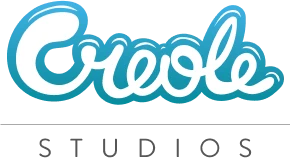

 Lets Talk
Lets Talk 
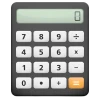



 Email Us
Email Us 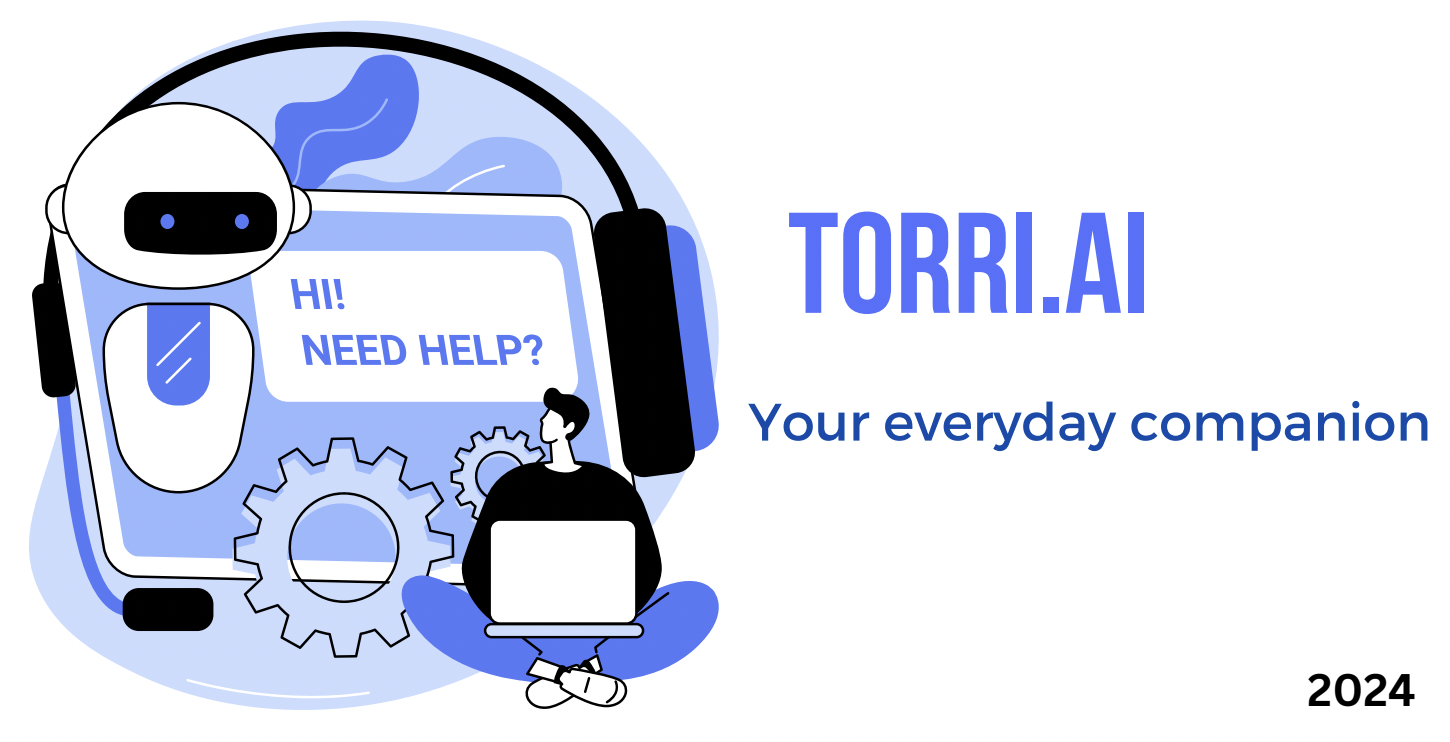
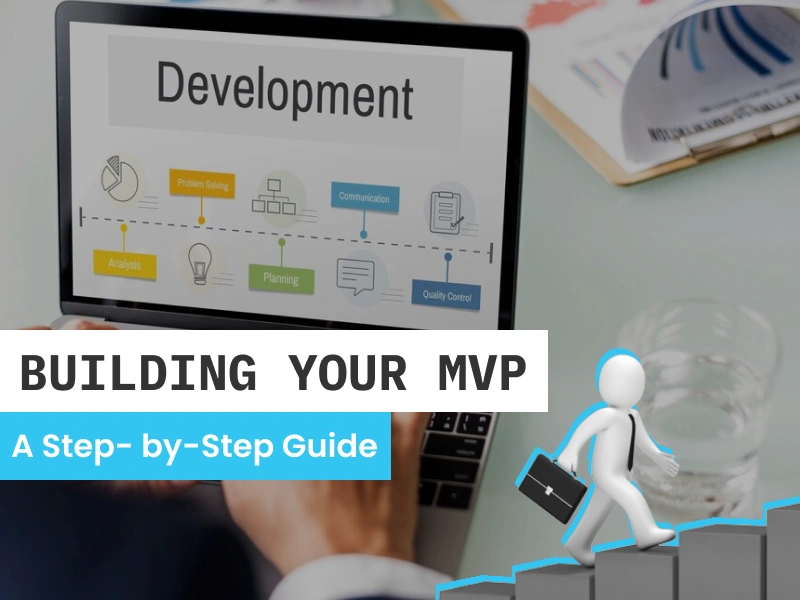

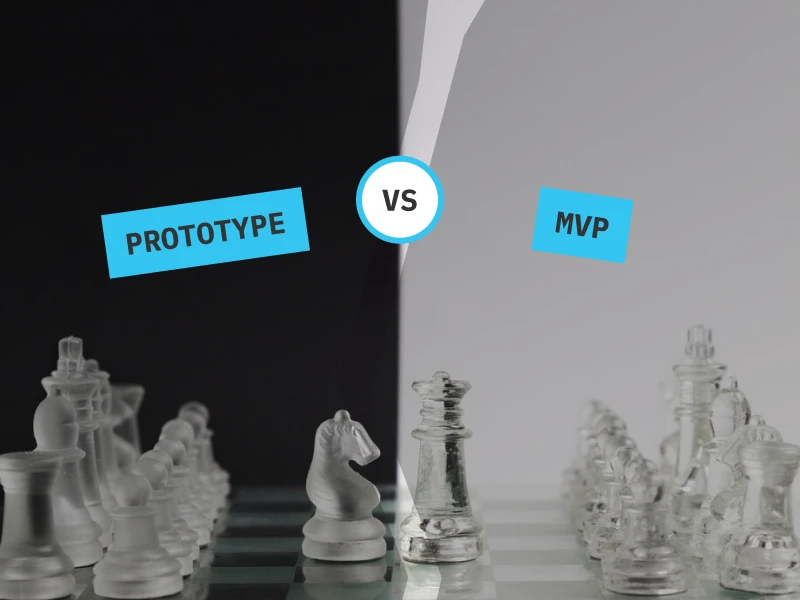



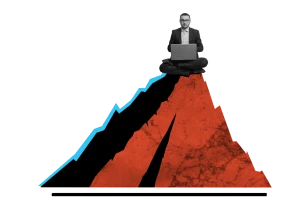
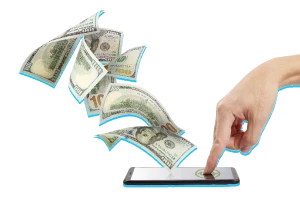



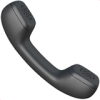 30 mins free Consulting
30 mins free Consulting 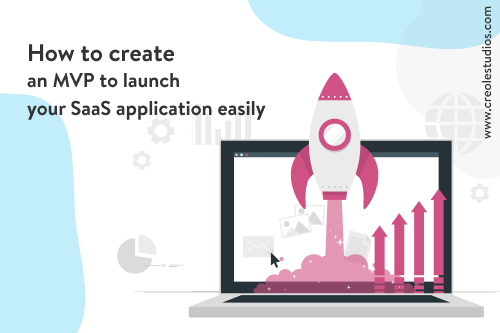
 10 min read
10 min read 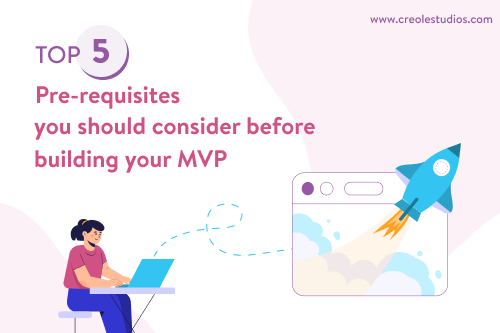
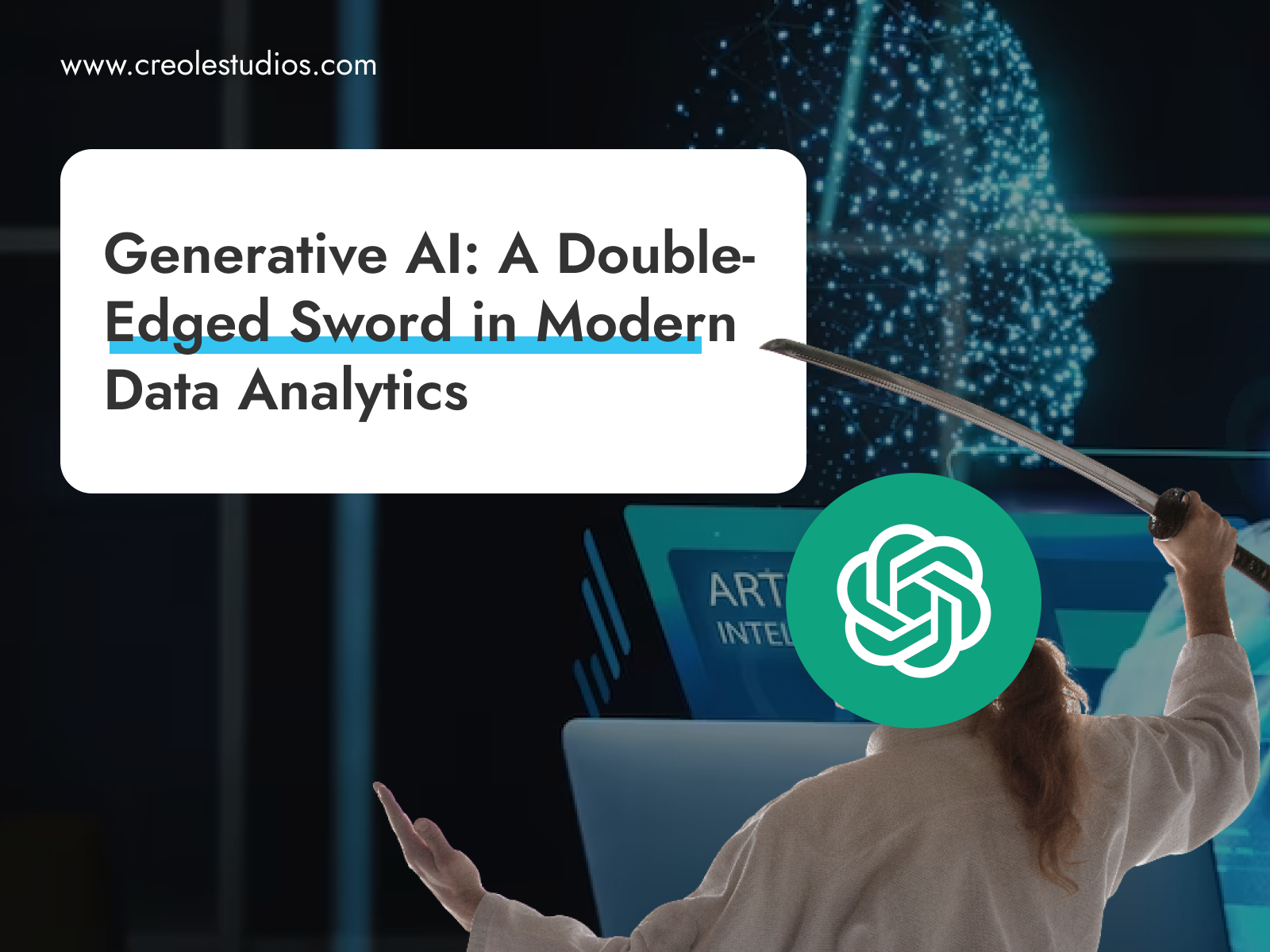
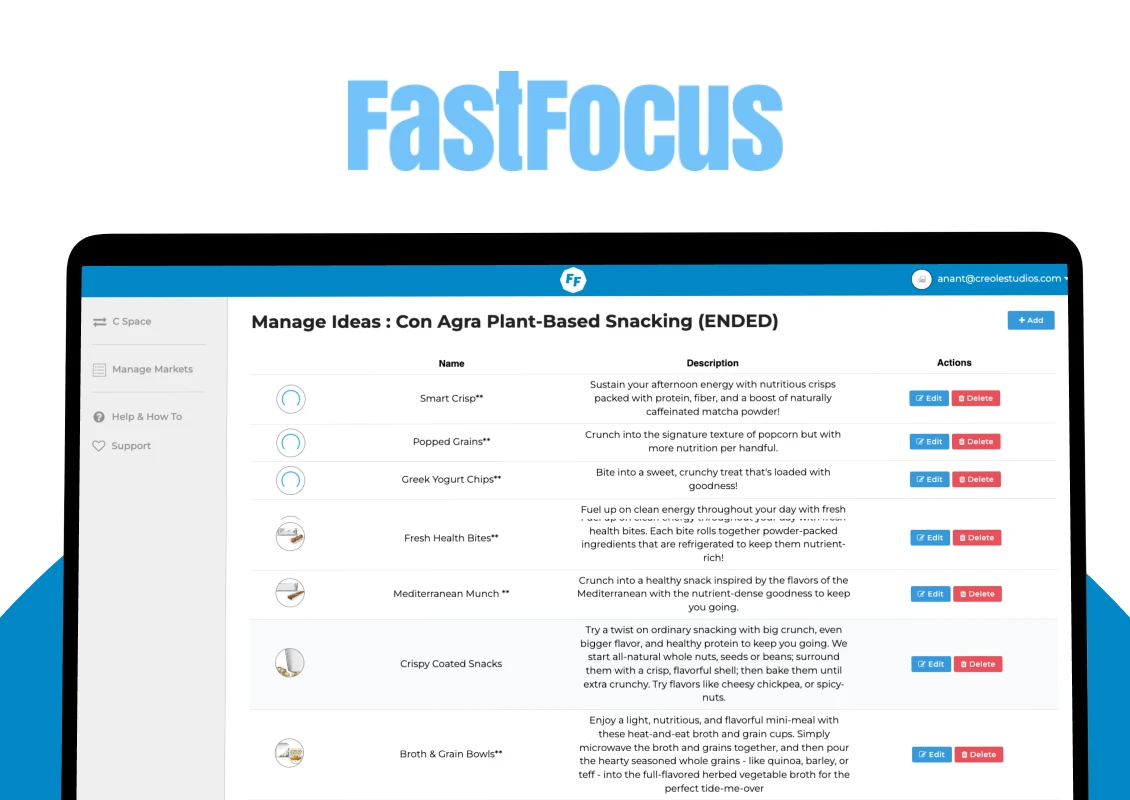
 USA
USA 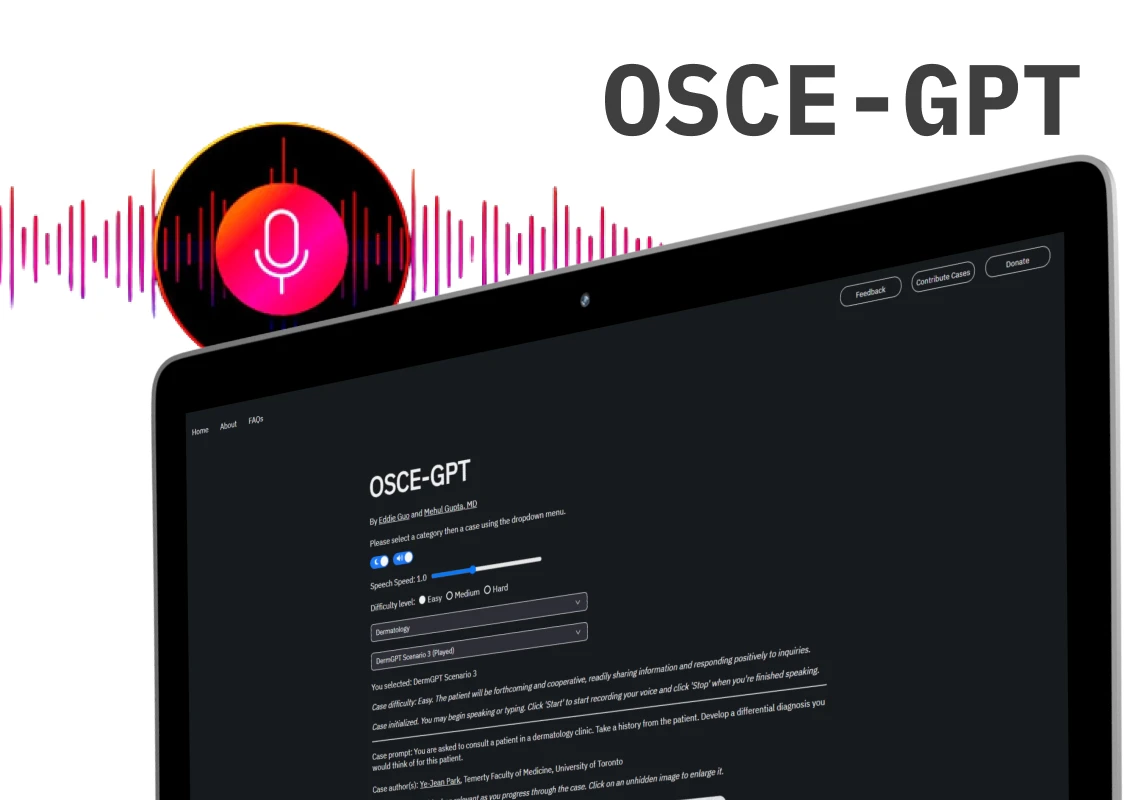
 Canada
Canada 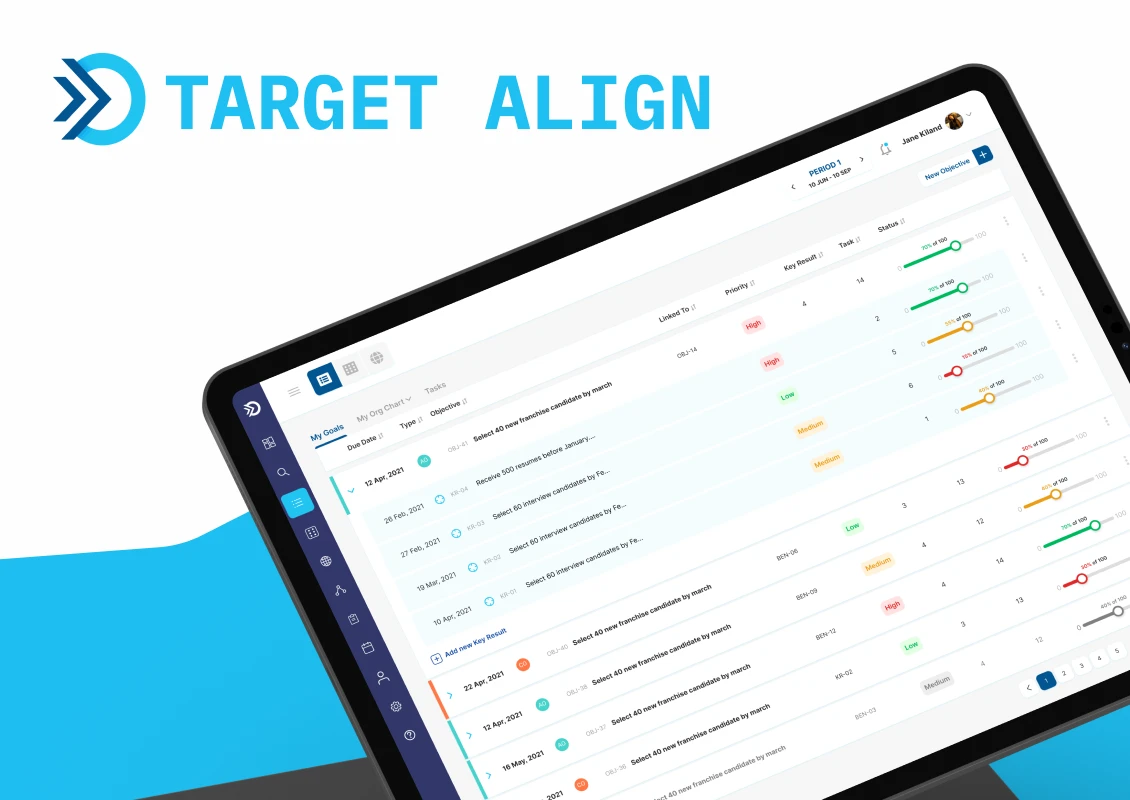






 Love we get from the world
Love we get from the world 